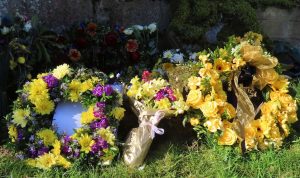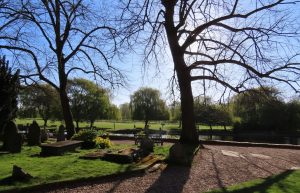
All the Sonnets of Shakespeare
It’s taken a while for me to get round to reading Paul Edmondson and Stanley Wells’ book All the Sonnets of Shakespeare, published in September 2020 by Cambridge University Press. They are both some of the most familiar and some of the most puzzling of Shakespeare’s works. Many questions relate to their publication in 1609. Did Shakespeare object to the “sugared sonnets among his private friends” being made public? Who was the “onlie begetter of these insuing sonnets, Mr W. H.”? And then there are issues about the poems themselves. Why were they written and when? Do they tell a story or stories about Shakespeare’s life, or might we see them as intellectual exercises?
Being distracted by these issues can prevent us from looking at the sonnets as poems, and particularly, linking them with the rest of Shakespeare’s output. It is perfectly respectable to attempt to fix the order and date of composition of the plays, seeing how Shakespeare developed, how the plays reflect each other in style and subject. How strange it would be to think of the plays in the order in which they appear in the First Folio.
So why is it so rare to attempt the same thing for the sonnets? Edmondson and Wells have spent more time working on the Sonnets than probably anyone else, so if anybody is going to have a stab, it’s quite right that it should be these two.
It’s fascinating what difference it makes just putting them into chronological order. Of course the first group of sonnets, encouraging a young man to have children, were not the first he wrote. He would hardly have been commissioned to write these poems unless he was already known to write in the form. They may not be his most sophisticated, but neither are they apprentice pieces. So what is usually the first sonnet, “From fairest creatures we desire increase” comes in over half way through, dated 1595-7.
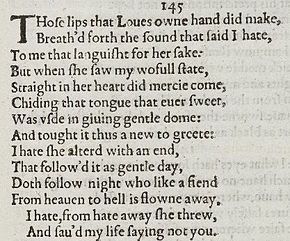 The earliest sonnets are actually the ones that usually appear towards the end, a rather miscellaneous collection: the editors suggest a couple may have been written while Shakespeare was still at school, another while wooing Anne Hathaway because of the pun on her name.
The earliest sonnets are actually the ones that usually appear towards the end, a rather miscellaneous collection: the editors suggest a couple may have been written while Shakespeare was still at school, another while wooing Anne Hathaway because of the pun on her name.
I hate, from hate away she threw,
And sav’d my life saying not you.
Several others echo his early poem Venus and Adonis.
As well as re-ordering the sonnets, Edmondson and Wells have boldly included sonnets or speeches more or less in sonnet form, from the plays. Some, like the sonnets in Romeo and Juliet, are well-known, but others are easily missed: I have never noticed that two of Helena’s speeches in All’s Well That Ends Well, are sonnets. The authors have also taken speeches from plays until recently not thought to be by Shakespeare. I particularly like the section of Edward III, now accepted as being by Shakespeare, in which the secretary is instructed in the art of sonnet-writing:
And let me have her likened to the sun –
Say she hath thrice more splendour than the sun.
That her perfections emulates the sun.
A few pages later, there is one of Shakespeare’s most famous sonnets, satirising this very convention:
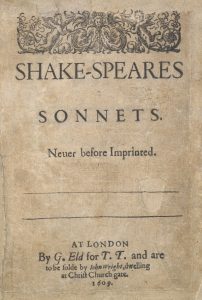
Title page of Shakespeare’s Sonnets 1609. From the British Library’s Collection
My mistress’ eyes are nothing like the sun;
Coral is far more red than her lips’ red;
If snow be white, why then her breasts are dun;
If hairs be wires, black wires grown on her head.
Placing a poem almost next to a theatrical text to which it seems to relate encourages thinking about how and why some of these poems might have been written. If he put sonnets into the mouths of his fictional characters in plays, might he not have dreamt up a scenario and written a poem or a series of poems exploring the emotions raised by it?
Shakespeare’s sonnets are some of the best-loved poems in English, and this book provides a fresh way of looking at them. After a long winter of separation from people, places and experiences, moving towards (we hope) a happier spring, this one seems appropriate.
From you I have been absent in the spring,
When proud-pied April, dressed in all his trim,
Hath put a spirit of youth in everything,
That heavy Saturn laughed and leaped with him.
Yet nor the lays of birds, nor the sweet smell
Of different flowers in odour and in hue,
Could make me any summer’s story tell,
Or from their proud lap pluck them where they grew:
Nor did I wonder at the lily’s white,
Nor praise the deep vermilion in the rose;
They were but sweet, but figures of delight
Drawn after you, – you pattern of all those.
Yet seemed it winter still, and, you away,
As with your shadow I with these did play.

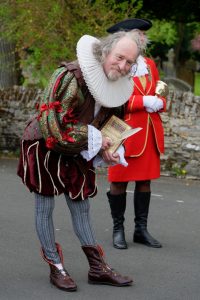

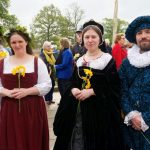




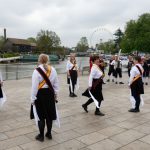









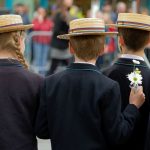
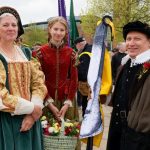



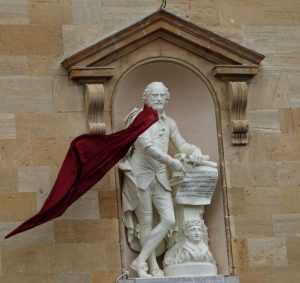



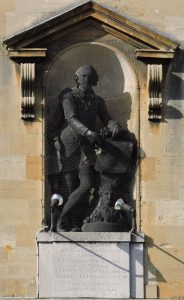



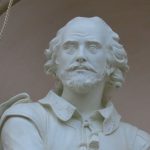
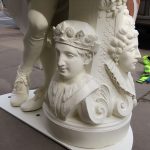
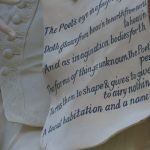
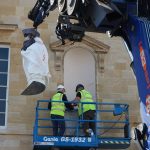
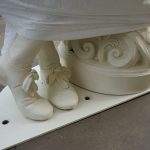
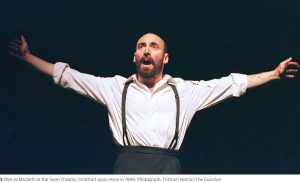

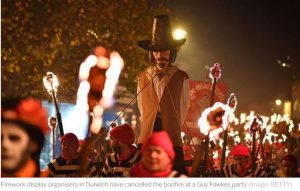
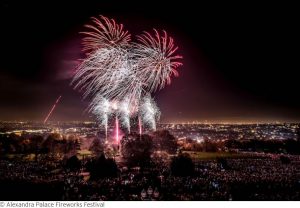

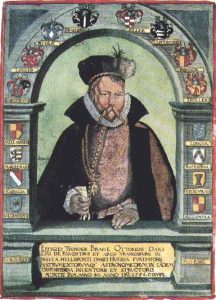
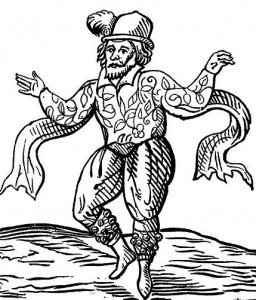
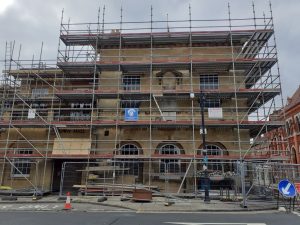
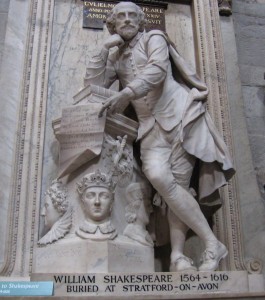
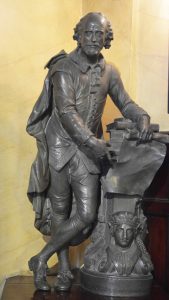
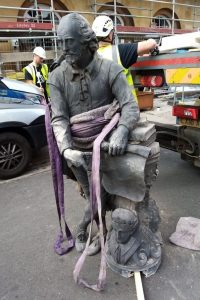


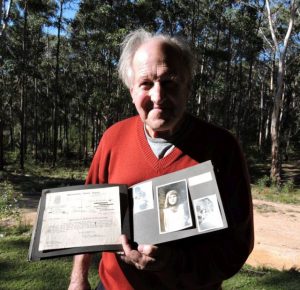 This morning, 21 August 2021, my brother-in-law, James (Jim) Morris died in hospital in Australia, where he had lived for over sixty years. Although he had left Stratford as a teenager and his subsequent life was full of adventure he never forgot Stratford-upon-Avon. Sometimes local people seem to want to ignore the town’s Shakespearean heritage, but Jim always remembered that it is this that makes the town special and was proud of the contribution he had made towards it.
This morning, 21 August 2021, my brother-in-law, James (Jim) Morris died in hospital in Australia, where he had lived for over sixty years. Although he had left Stratford as a teenager and his subsequent life was full of adventure he never forgot Stratford-upon-Avon. Sometimes local people seem to want to ignore the town’s Shakespearean heritage, but Jim always remembered that it is this that makes the town special and was proud of the contribution he had made towards it.


